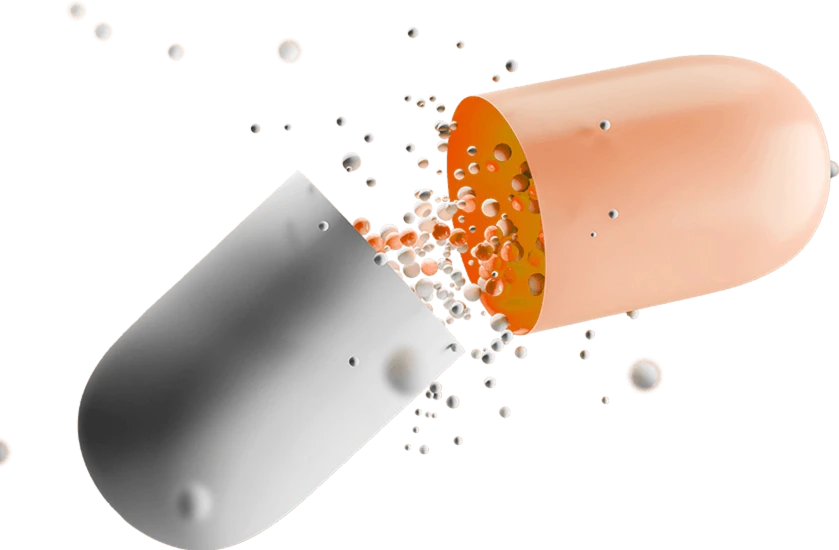- Afrikaans
- Albanian
- Amharic
- Arabic
- Armenian
- Azerbaijani
- Basque
- Belarusian
- Bengali
- Bosnian
- Bulgarian
- Catalan
- Cebuano
- Corsican
- Croatian
- Czech
- Danish
- Dutch
- English
- Esperanto
- Estonian
- Finnish
- French
- Frisian
- Galician
- Georgian
- German
- Greek
- Gujarati
- Haitian Creole
- hausa
- hawaiian
- Hebrew
- Hindi
- Miao
- Hungarian
- Icelandic
- igbo
- Indonesian
- irish
- Italian
- Japanese
- Javanese
- Kannada
- kazakh
- Khmer
- Rwandese
- Korean
- Kurdish
- Kyrgyz
- Lao
- Latin
- Latvian
- Lithuanian
- Luxembourgish
- Macedonian
- Malgashi
- Malay
- Malayalam
- Maltese
- Maori
- Marathi
- Mongolian
- Myanmar
- Nepali
- Norwegian
- Norwegian
- Occitan
- Pashto
- Persian
- Polish
- Portuguese
- Punjabi
- Romanian
- Russian
- Samoan
- Scottish Gaelic
- Serbian
- Sesotho
- Shona
- Sindhi
- Sinhala
- Slovak
- Slovenian
- Somali
- Spanish
- Sundanese
- Swahili
- Swedish
- Tagalog
- Tajik
- Tamil
- Tatar
- Telugu
- Thai
- Turkish
- Turkmen
- Ukrainian
- Urdu
- Uighur
- Uzbek
- Vietnamese
- Welsh
- Bantu
- Yiddish
- Yoruba
- Zulu
Dez . 09, 2024 23:52 Back to list
Exploring the Uses and Benefits of Lincomycin Powder in Medical Treatments
Exploring Lincomycin Powder Uses, Benefits, and Precautions
Introduction
Lincomycin powder, an antibiotic derived from the bacterium *Streptomyces lincolnensis*, has garnered attention in the field of medicine for its effectiveness against various bacterial infections. This article delves into the properties, applications, benefits, and the necessary precautions associated with lincomycin powder, providing a comprehensive overview for healthcare professionals and patients alike.
Mechanism of Action
Lincomycin acts primarily by inhibiting bacterial protein synthesis. It binds to the 50S subunit of the bacterial ribosome, thus preventing the translocation of peptides, which effectively halts bacterial growth. This makes it a bacteriostatic agent, meaning it inhibits the growth of bacteria rather than killing them outright. Its activity is particularly pronounced against anaerobic bacteria and certain gram-positive organisms, making it a valuable tool in treating infections caused by these pathogens.
Medical Applications
In clinical settings, lincomycin powder is commonly used to treat a variety of infections, including
1. Bone Infections Lincomycin is effective against osteomyelitis, which is an infection of the bone often caused by staphylococci. 2. Soft Tissue Infections It is used in treating serious skin and soft tissue infections, particularly those caused by resistant strains of Staphylococcus.
4. Dental Infections Due to its effectiveness against anaerobic bacteria, lincomycin is sometimes prescribed in cases of dental abscesses.
lincomycin powder

Despite its effectiveness, lincomycin is typically reserved for cases where other antibiotics are unsuitable or ineffective due to resistance.
Benefits of Lincomycin Powder
One of the primary benefits of lincomycin is its ability to achieve high concentrations in bone and soft tissues, which is critical for treating deep-seated infections. Additionally, lincomycin has a relatively low tendency to crystallize and can be easily administered via injection or compounded into oral forms. It is also a crucial alternative for patients who exhibit adverse reactions to penicillin or require treatment for infections caused by resistant bacteria.
Dosage and Administration
The dosage of lincomycin powder varies based on the severity of the infection and the patient's health status. It is crucial to adhere to a healthcare provider's prescription and dosing instructions to avoid complications, such as the development of antibiotic resistance, which can render treatments ineffective over time. Typically, lincomycin can be administered intravenously for severe infections or orally as capsules or solution for outpatient therapy.
Precautions and Side Effects
While lincomycin is effective, it is not without its side effects. Some common adverse effects include gastrointestinal disturbances such as diarrhea, nausea, and vomiting. A more serious concern is the risk of Clostridium difficile-associated diarrhea, a potentially severe condition that can arise with antibiotic use. Patients should be monitored for any unusual gastrointestinal symptoms during treatment.
Furthermore, individuals with a history of allergies to lincomycin or clindamycin should avoid this antibiotic. Liver and kidney function should be evaluated before initiating therapy, as abnormalities may necessitate dose adjustments.
Conclusion
Lincomycin powder plays a vital role in the arsenal of antibiotics available to combat certain types of bacterial infections. Its effectiveness, particularly in treating resistant strains and deep infections, underscores its importance in modern medicine. However, like all antibiotics, it must be used judiciously to minimize the risk of side effects and resistance. Health professionals must ensure proper patient education regarding its use, potential side effects, and the importance of completing the prescribed course of treatment to achieve optimal outcomes. As we continue to navigate the challenges posed by antibiotic resistance, lincomycin serves as a critical option in targeted antibiotic therapy.
-
Guide to Oxytetracycline Injection
NewsMar.27,2025
-
Guide to Colistin Sulphate
NewsMar.27,2025
-
Gentamicin Sulfate: Uses, Price, And Key Information
NewsMar.27,2025
-
Enrofloxacin Injection: Uses, Price, And Supplier Information
NewsMar.27,2025
-
Dexamethasone Sodium Phosphate Injection: Uses, Price, And Key Information
NewsMar.27,2025
-
Albendazole Tablet: Uses, Dosage, Cost, And Key Information
NewsMar.27,2025













